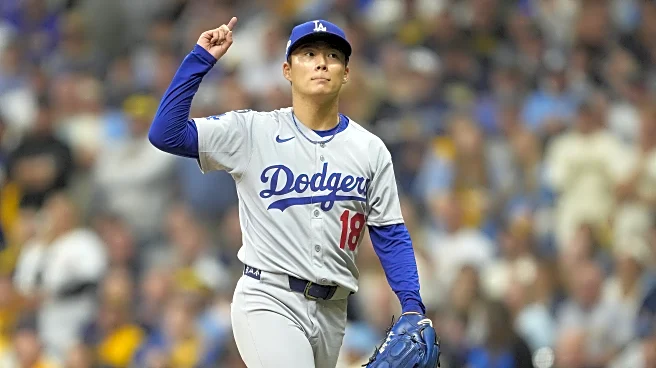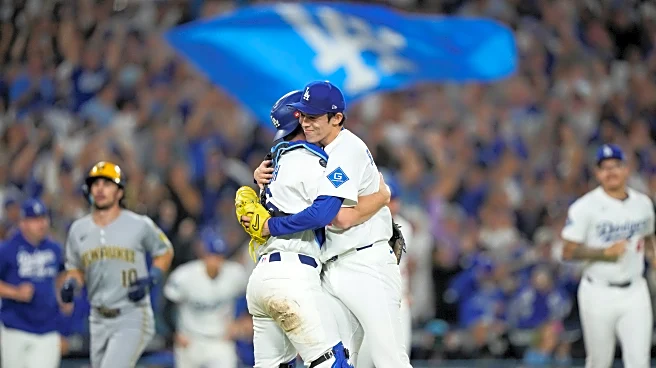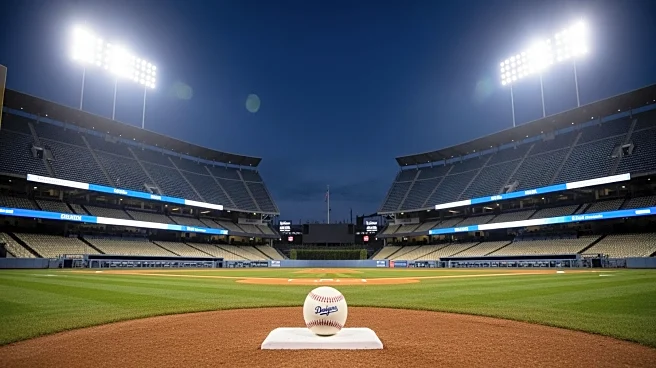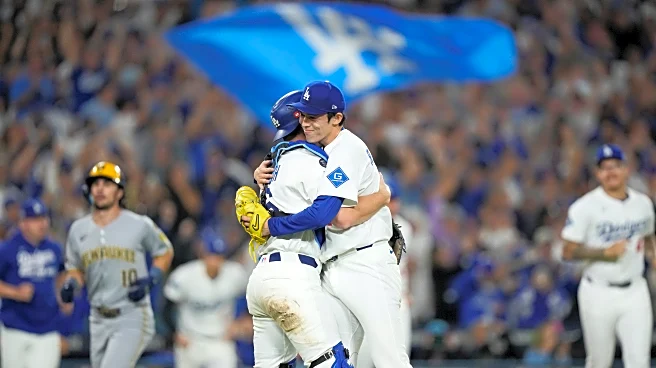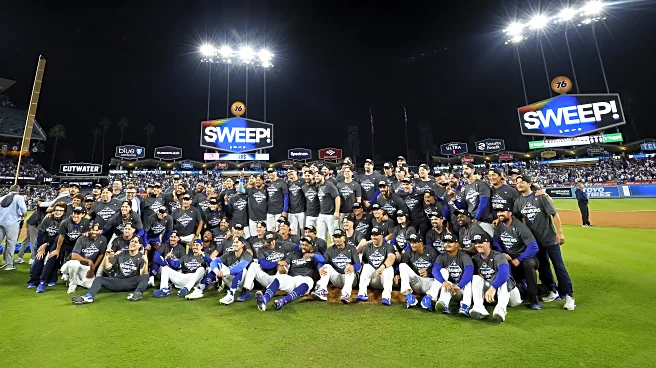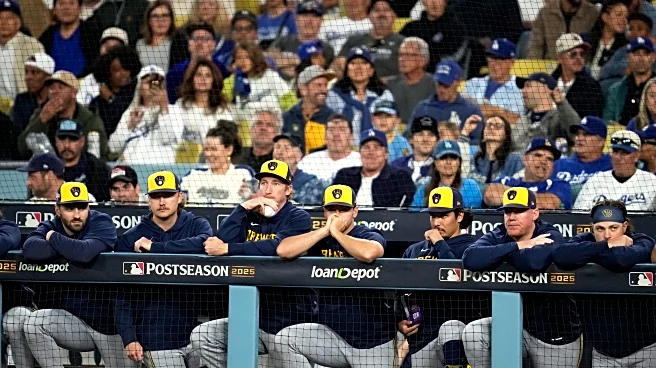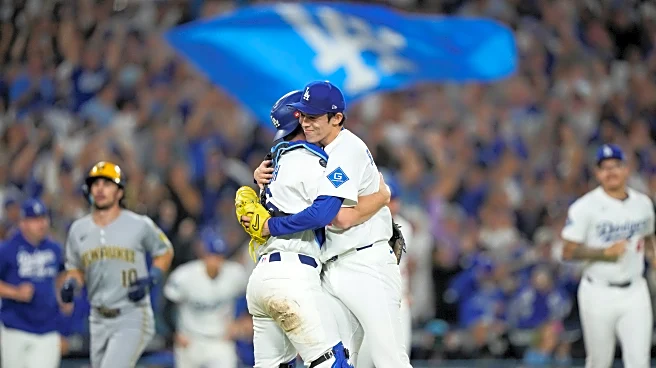This year’s NLCS series between Milwaukee and Los Angeles elicited plenty of attention, but not only because the Dodgers were in it. While casual fans and international viewers love Shohei Ohtani, everyone outside the Dodgers fanbase cheered for David to defeat Goliath, another issue came to light: The salary mismatch between these two teams, and what it means for the future of baseball.
ESPN’s Jeff Passan claims that the NL pennant winner could dramatically impact whether MLB owners push for a salary
cap, which has never been implemented in the sport’s history:
Owners across the game want a salary cap — and if the Dodgers, with their record $500 million-plus payroll, win back-to-back World Series, it will only embolden the league’s push to regulate salaries. The Brewers, consistently a bottom-third payroll team, emerging triumphant would serve as the latest evidence that winners can germinate even in the game’s smallest markets and that the failures of other low-revenue teams have less to do with spending than execution.
While a lockout is expected in 2027 as MLB’s Collective Bargaining Agreement expires at the end of 2026, the argument that the outcome of the 2025 NLCS drives the discussion is short-sighted. In reality, the argument against salary cap or floor has been in the making for the last four decades.
Analyzing the relationship between payroll and wins among teams who won the World Series from 1985-2016 yields surprising findings. By logging the number of regular season games won by World Series-winning teams and integrating that with Sean Lahman’s MLB salary data, I built the below table to analyze how these teams compared to the average MLB payroll during that year.

Focusing on data from 2000-16, which provides more resonant average payroll given the latest spending trends among rich teams, the average World Series payroll comes out to $113.32 million. World Series winners paid nearly $27 million more than the league average just to win 93 games. Oddly enough, that payroll, win total, and payroll difference from the league average isn’t much higher.
Only four teams have won the World Series after winning the most regular season games from 2000-16, and only twice has the team with the highest payroll won the World Series, as depicted in the table below listing the team with the biggest payroll each year.

Even since 2016, the richest team only won the World Series once. And no, it wasn’t the Dodgers last year, as the L.A. only had the third-highest payroll in the league.
So what does all this mean? Although not having data from 2017 on leaves the door open for deeper analysis, especially with recent payroll spikes since 2022, the results indicate that a salary cap wouldn’t truly address the payroll gap. At some point — which may be calculated in a later article — throwing more money on the field doesn’t improve winning odds.
In reality, implementing a salary cap would do nothing more than calibrate current salaries according to the salary cap. It wouldn’t incentivize frugal owners to spend more, and it wouldn’t prevent owners who splurge to cut back. In reality, the money not spent on players would be redirected to hiring superior coaches charged with better developing minor league talent. Rich teams would find a way to find an advantage.
Striking a balance between preserving baseball’s unique economic structure while keeping it entertaining and competitive isn’t easy. More complex structures that acknowledge the nuance and challenge of economic equity are likely needed, rather than cut-and-dry salary caps and floors.
